A Look Into Adaptive Mountain Biking with Jeremy McGhee
Get a look into the world of adaptive mountain biking with adaptive rider Jeremy McGhee. Learn about the adaptive bikes, how to get involved, and more!
I recently had the pleasure of chatting with adaptive mountain biker and rad human being, Jeremy McGhee, about all things mountain biking, the Eastern Sierra (we both used to live near Mammoth Lakes), van life, and his work with the UNPavement Project.
Jeremy has been riding his three-wheeled bike for over a decade and is on a mission to help more adaptive mountain bikers get off the pavement and onto the trails safely and successfully.
While I myself am not an adaptive mountain biker, I think it’s important for able-bodied riders to know and understand what adaptive mountain biking is, why it’s important, and ways to get involved if that’s something you’re interested in.
In this post, I share pieces of our conversation and you can listen to our full chat on his podcast.
What is adaptive mountain biking?
Adaptive mountain biking (aMTB) is really any modification to bikes or way of riding bikes that helps disabled people get out and enjoy the trails.
Whether someone is handicapped physically, mentally, or sensorially (yes, that’s a word – I checked), adaptive bikes allow them to experience mountain biking either by themselves or with a support rider.
Jeremy and I mostly talked about adaptive riding for paralyzed riders, but adaptive mountain biking can also be for people who’ve lost limbs, have mental disabilities, or anything else that prevents them from riding a traditional two-wheeled bike.
Why it’s important
Both traditional mountain bikers and adaptive mountain bikers hit the trails for a lot of the same reasons: the fun factor, spending time in nature, getting outside with friends, challenging themselves, etc…
But for adaptive riders, mountain biking can have a deeper and more important meaning.
Jeremy McGhee says “I feel stuck and disconnected from nature because life in a wheelchair is relegated to the pavement, but this [adaptive] bike has expanded my world and enabled me to explore wild spaces.”
Being able to ride a bike outdoors is one of the biggest reasons why adaptive mountain biking – and adaptive sports overall – is so important.
Types of adaptive mountain bikes
One of the first questions I asked Jeremy was about the different types of adaptive mountain bikes and how they are powered.
Just like there are a wide variety of disabilities, there’s also a wide range of adaptive mountain bikes.
Some adaptive mountain bikes are pedal-powered (with or without a battery) for riders who have full or partial use of their legs, others have a hand crank alongside a throttle, and others are fully motor-powered.
>> e-bikes and throttles
e-bikes are a sensitive topic for a lot of mountain bikers, including adaptive riders. But they are essential for getting disabled riders out on trails. For Jeremy and other riders, throttles are a necessity for navigating technical terrain, for precision steering, and in other situations.
Throttles are also necessary for adaptive riders who have very limited arm function.
It’s also worth mentioning that traditional electric mountain bikes are categorized as Class 1, Class 2, or Class 3. Class 3 pedal-assist e-bikes are what most destinations allow if they allow e-bikes on their singletrack trails.
Jeremy says that, in his opinion, “classification for adaptive bikes should be shifted over because of the need for a throttle and a slightly more powerful motor. Right now, all adaptive bikes are pretty much accepted and they are not necessarily classified, but regulations will come eventually. It is also my opinion that a new category of eAdventure may be formed. This is your powerful motor, throttle-only bikes, which aren’t really bikes or motorcycles, but somewhere in the middle.”
Alright, back to the bikes. Here are the three main categories of adaptive bikes based on the number of wheels:
Three-wheeled bikes
Three-wheeled adaptive bikes are the most popular choice for adaptive riders because they offer the most versatility. They can be ridden without a support rider and they can handle a variety of terrain – even huge drops!

Within the three-wheeled adaptive bike category, there are:
- Front-wheel drive: These bikes are propelled with a hand crank that powers the two front wheels. They usually also have a throttle.
- Rear-wheel drive: This is what Jeremy rides. Rear-wheel drive bikes get better traction on the uphills than front-wheel drive bikes do and they’re more maneuverable. However, they tend to be the most expensive type of adaptive mountain bike.
- Recumbent: Recumbent bikes can either be pedal-powered or hand-powered. They’re a good option for mellow trails, but not ideal for more challenging terrain.
Two-wheeled ‘Bucket Bikes’
For adaptive mountain bikers seeking a two-wheeled experience, bucket bikes are basically regular mountain bikes with a bucket seat the rider is strapped into.
While these bikes can provide more of a conventional mountain biking experience, they do come with one major downside: adaptive riders require a support rider (i.e. they can’t ride on their own).

Four-wheeled bikes
Four-wheeled mountain bikes are designed for gravity-fed fun. They don’t have a motor, so they’re mainly used at bike parks. I’ve never seen one on a trail, but athlete Stacy Kohut rips and sends on his!
The UNPavement Movement
One of the biggest reasons I wanted to chat with Jeremy is to learn about what he’s doing with the UNPavement Movement.
I’ve known about UNPavement for a while because I’d seen Jeremy on the trails at Mammoth Bike Park working with support riders to rate and take footage of trails from an adaptive rider’s perspective.
UNPavement is a movement to help adaptive trail users explore wild spaces safely.
Trail ratings
Jeremy has created an aMTB rating system for two main purposes:
- To allow solo riders to know where they can ride safely
- To allow supported riders to know where they can ride that doesn’t cross the line into type 2 fun
These aMTB trail ratings are based on a curve of what most riders will experience, similar to how trails are designated a green, blue, or black rating for non-adaptive riders.
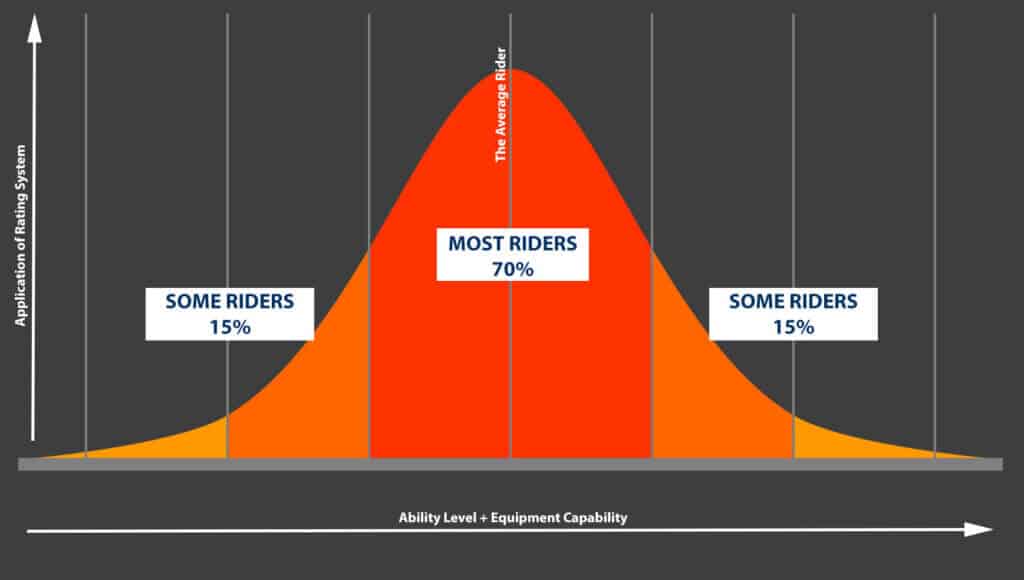
This curve, which is based on the average rider, takes into consideration rider ability + rider disability + equipment capability (whether the bike is front-wheel drive or rear-wheel drive, etc…). Riders on either end of the curves (the extremes) may need to shift the scale to meet their abilities.
These ratings can then be considered alongside uncut video and a trail blog guide to give riders a better understanding of what to expect.
With this information, riders can then decide whether they can ride the trail solo, with a support rider, or not at all.
The Golden Rule among adaptive riders is to never ride new singletrack alone for the first time.
The ratings are simplified into three categories:
- AMTB 1 – No support needed
- AMTB 2 – Support recommended
- AMTB 3 – Support needed
So how do adaptive riders access this information?
Jeremy has been working with TrailForks – my go-to app for mountain biking – to post these ratings on their website and app.

Trails that have been rated for adaptive riders will have a section that highlights whether the trail is an aMTB 1, 2, or 3 and give a few pointers on what to expect.
For example, this screenshot is for the trail Off The Top at Mammoth Mountain Bike Park.

Trail Accessibility
Another component of Jeremy’s work at UNPavement is to work with local trail management agencies to increase the accessibility of trails for adaptive riders.
This might include reworking features to allow adaptive bikes to ride them, upgrading trails for better access, installing signage, and more.
Important: The goal of improving trails for adaptive riders is to address the one or two obstacles that may exist on a trail that is otherwise perfectly fine for adaptive riders. Jeremy says, “we never want to change the nature or desired experience of a trail and do our best to be responsible stewards of the environment.”
I was recently in Knoxville, Tennesse, and was really impressed with the trail signage on Sharp’s Ridge Veterans Memorial Park. The sign notes that this is an aMTB 2 adaptive multi-use trail and gives details on what riders can expect.

Misconceptions
One of the biggest misconceptions around aMTB trails and ratings is that there is only one type of adaptive trail. Jeremy says this couldn’t be farther from the truth! The spectrum of adaptive riders is huge, so it’s only common sense that the variety of trails adaptive riders ride is wide-ranging, too.
It’s also important to note that if a trail is ‘adaptive-friendly’, that may not necessarily mean that all adaptive riders can ride it solo. Just like able-bodied mountain bikers work on progression, so do adaptive riders.
Lastly, “adaptive trails” are typically built with extremely conservative standards to accommodate more riders. These trails may not necessarily be exciting for the riders who fall in the more advanced end of the spectrum. Jeremy’s mission and encouragement are to “promote universal design and trails that are built to be exciting for everyone.”
Challenges for Adaptive Riders
As would be expected, mountain biking on an adaptive bike can pose some challenges. One of the reasons Jeremy started the UNPavement Movement was because “I’ve gotten into some precarious situations out there though and have come up empty-handed searching for information indicating where I can ride safely, so I’m on a mission to document trails for adaptive riders.”
So what are some challenges? Here are a few we discussed:
- Small changes on a trail can make a huge difference. Whether that’s from natural erosion, downed trees, a new gate, changes over time, etc… these can be the difference between being able to ride a trail on your own or not.
- “Easy” trails can have problematic features. Off The Top at Mammoth Bike Park is one of the ‘easiest’ trails on the mountain, but there are a few sections that are very difficult for adaptive riders, and most need a support person to help them through.
- It’s not smart to ride a trail alone for the first time. For able-bodied mountain bikers, riding a trail blind and solo usually isn’t a big deal. For adaptive riders, it’s not a good idea.
- You really need to be prepared. For two-wheeled riders, getting a flat might mean a long walk back to the car. For an adaptive rider, a flat could mean some serious type 2 fun, or worse. Jeremy says he carries a ton of tools just in case – and knows how to use them.
- Adaptive bikes are expensive. Most adaptive mountain bikes cost close to $10,000. That’s a lot of money!
Learn More
Want to learn more and maybe get involved in the world of adaptive sports? Here are a few accounts of adaptive athletes I follow and some organizations if you want to get involved.
Adaptive Mountain Bikers to Follow
Organizations to get involved
Below are a few nationwide organizations working to include, inspire, and engage people with disabilities in sports and the outdoors.
There are also tons of local organizations. Check with your local bike park, bike club, or chamber of commerce to see if there is a local adaptive sports organization near you.
- The UNPavement Movement – Jeremy McGhee’s organization whose mission is “to document trails for adaptive riders”.
- HighFives Foundation – “Create a universal shift in adventure sports that expands what is possible for those who have faced life-changing injuries”.
- Kelly Brush Foundation – “To inspire and empower people with spinal cord injuries to lead active and engaged lives”.
- Move United – “Ensuring everyone, regardless of ability, experiences the life-changing power of sport and is included in their community.”
I hope you enjoyed learning about adaptive mountain biking as much as I did. A big thanks to Jeremy for his time and patience! You can find him on his website, on Instagram, on YouTube, or check out his podcast!
RELATED POSTS
Did you enjoy reading this post? You might like these articles as well!
What questions do you have about adaptive mountain biking or adaptive riders? Did you learn something from reading this post? Let us know in the comments!


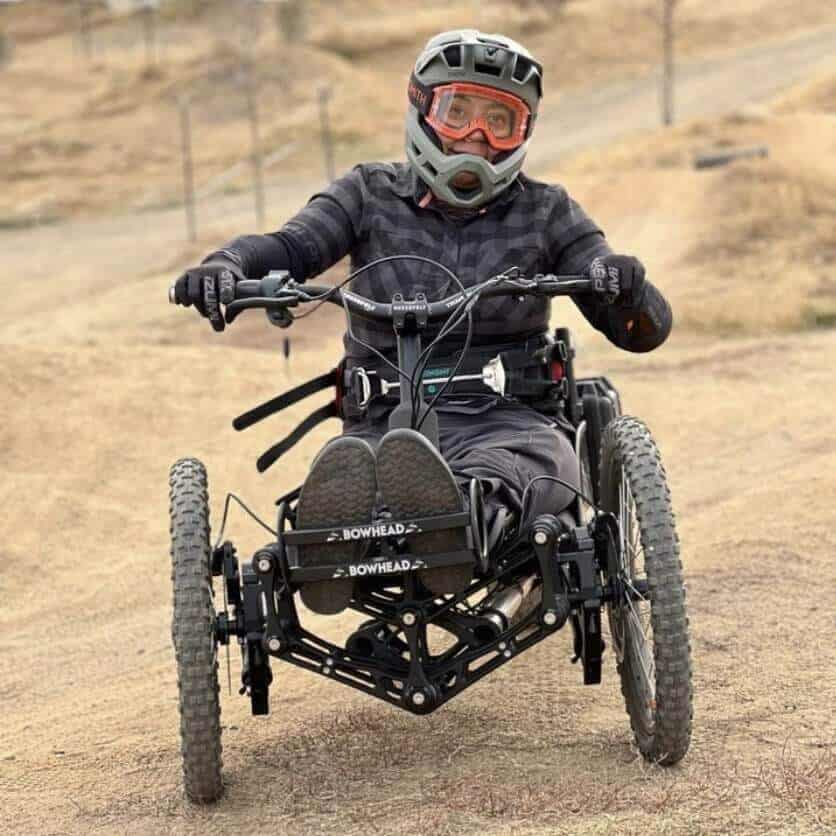

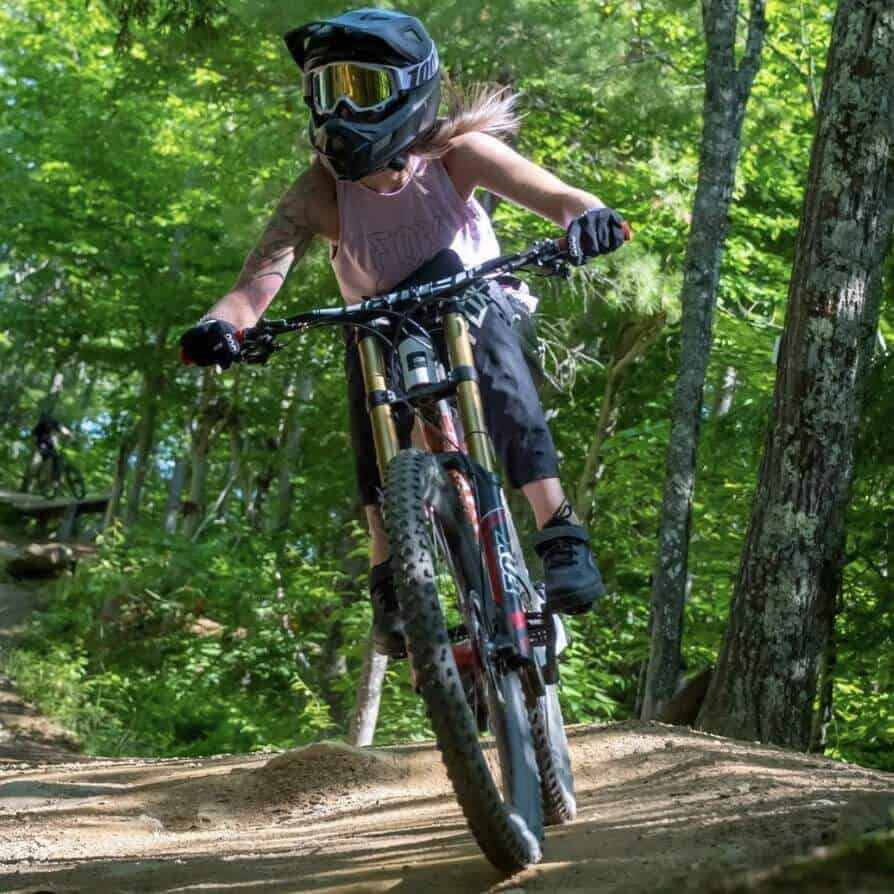

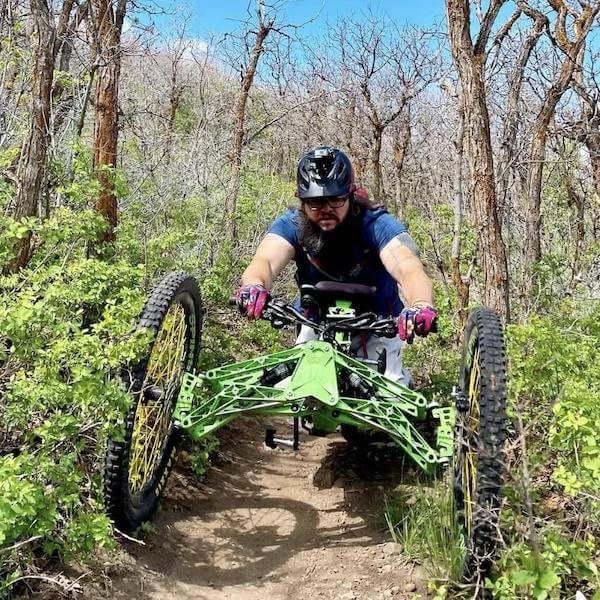



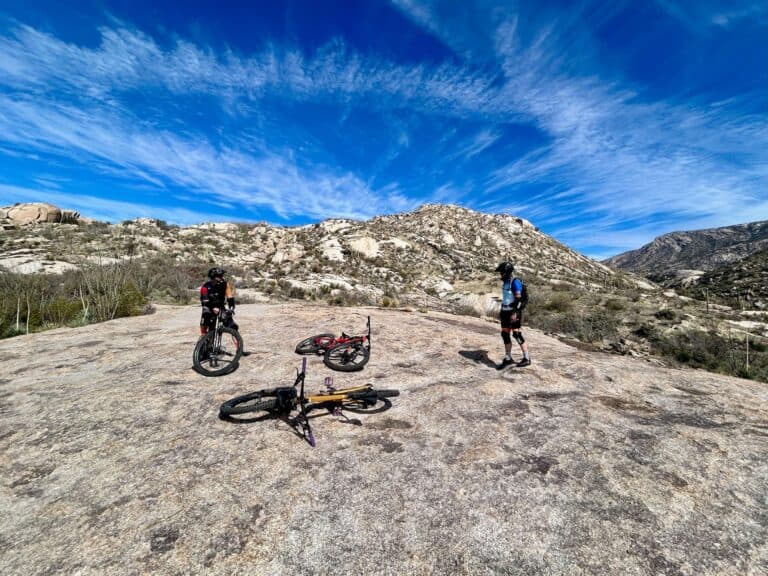
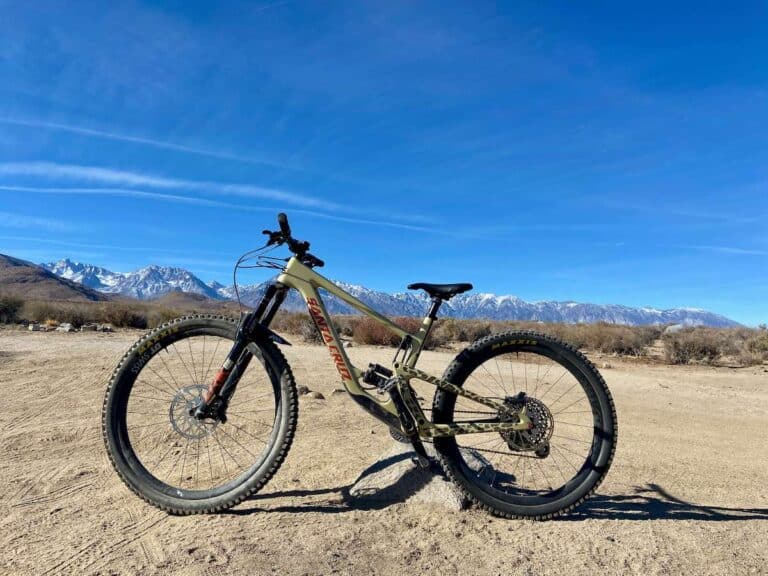
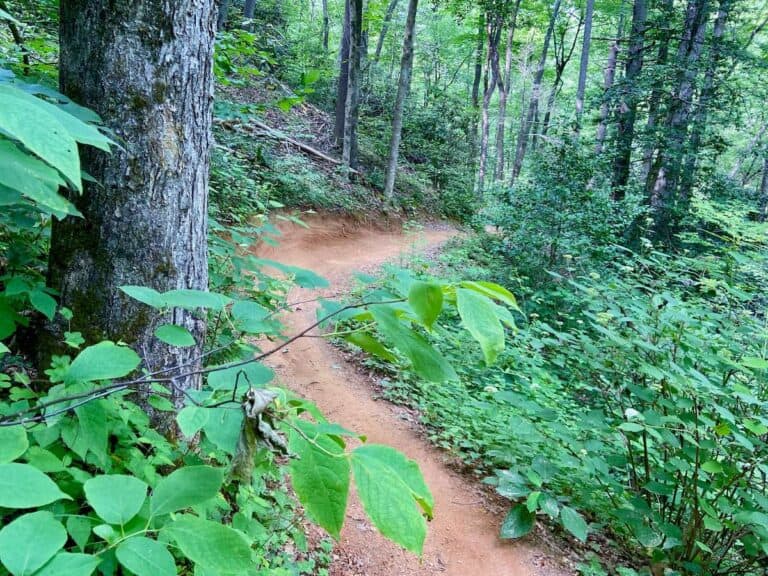

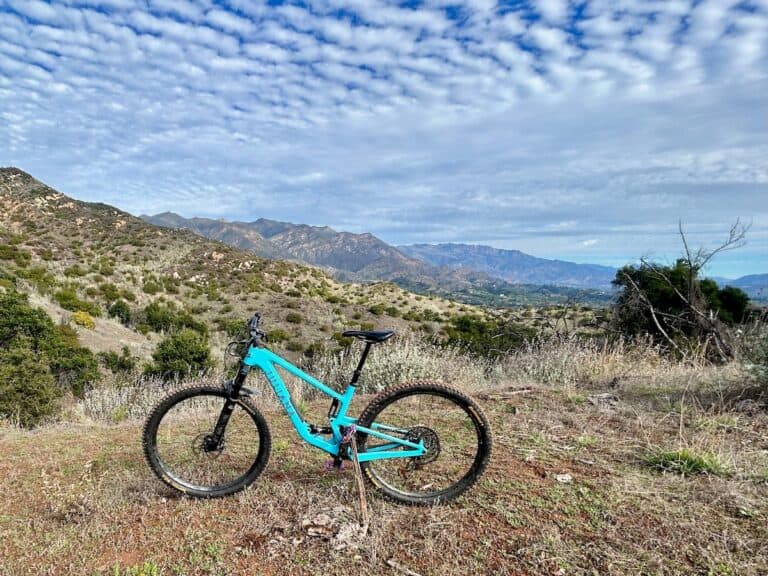
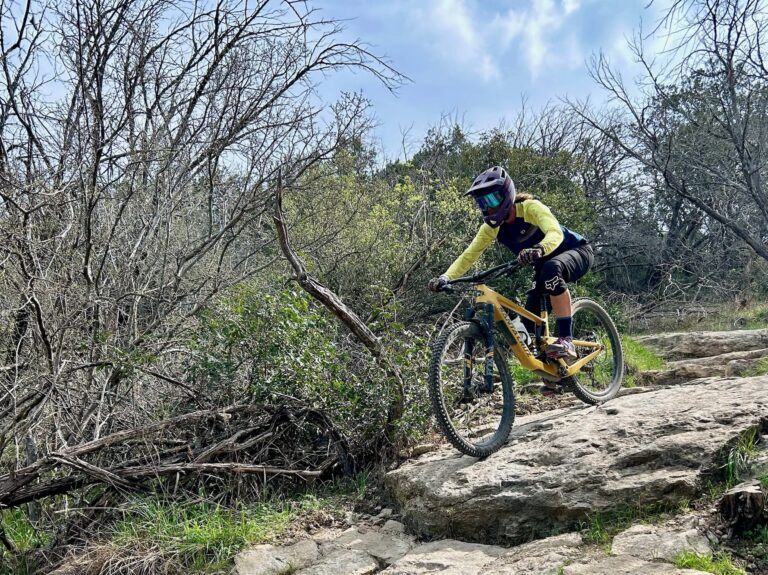
Awesome what y’all are doing keeping the thrill alive! Looking for any info on rental and trails in or near the Moab area for pedal adaptive bikes. Meeting my brother there at the end of March and would like to get him out on some trails. Any info would be greatly appreciated
Thanks for reading! I asked Jeremy about adaptive riding in Moab and he said to reach out to him and he can give you some information. His email is [email protected].
I work for Spaulding Adaptive Sports and lead our introductory mountain bike program on Cape Cod, MA. I have been working hard with my local and regional NEMBA to make trails more accessible and for accessible ride sections at events. So far I was able to get a well planned out adaptive section at NEMBAFest in Maine last summer. This was a first for them and a first for me. I would say the biggest obstacle was the very wide range of rider skill and/ or type of bike. We did secure adaptive friendly camping, bathrooms and showers for the 3 day event which was key. On a local level (Cape Cod) I lead rides most Saturdays in our local conservation land. The town has been supportive, making space opening next to the closed gait wide enough for adaptive bikes, but still narrow enough that ATV’s cannot get in. They have approved some slight alterations of trails for improved access, this is always a tough battle, mostly because it is conservation land. I just applied for a grant from NEMBA for funding to add trail markers in the trails I have laid out so far, with hopes of eventually labeling all the single track (~40 miles) in this one area. Cape Cod NEMBA has just over 1000 miles of groomed trails so many opportunities here. Everything yoy talked about in the article I have been working on. The only thing different is that since we are an introductory program and basically live on a sandbar, we do not have e-assist bikes. I am a big believer in learning how to ride before adding power although I know this is not possible in so many regions. Would love to collaborate as it sounds like we share the same mission.
Sounds like you’re doing some awesome things for the adaptive mtb community! I’ve heard really great things about the riding in Cape Cod. Hoping to get up there next summer.